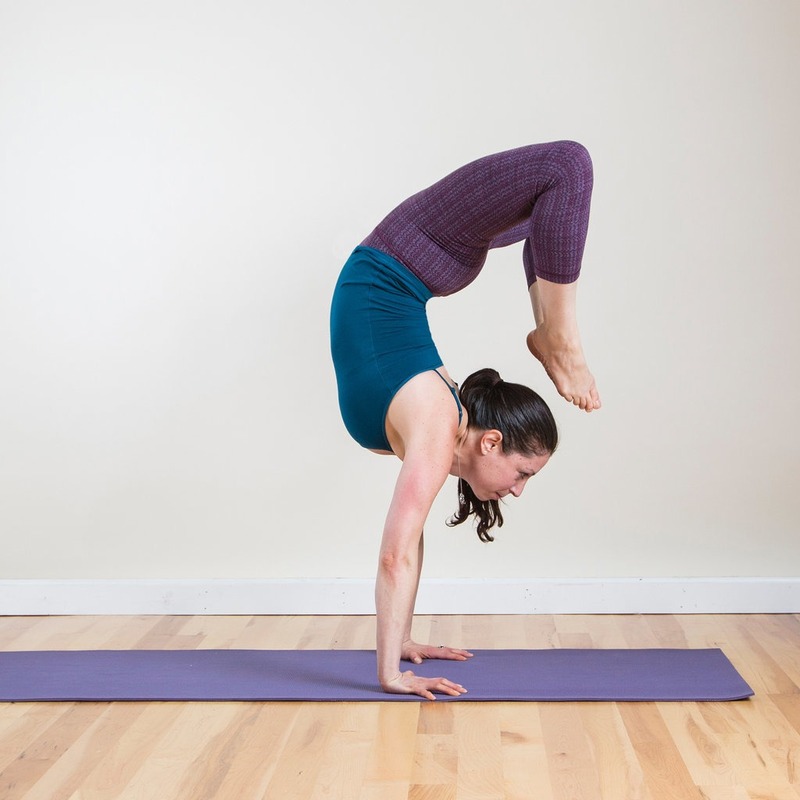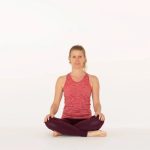Introduction to Challenging Yoga Asanas
When it comes to upping your yoga game, certain asanas stand out for their difficulty. Generally, each ‘hardest yoga pose’ tests different aspects of physical and mental strength. These include balance, flexibility, core power, and focus. The path to mastering such poses is both challenging and rewarding. With time, it can greatly enhance one’s yoga practice.
To approach these challenging poses effectively, you must understand the basics. It’s essential to have a strong foundation in more accessible postures first. You should also be regular with your practice and patient with progress. Start with easier variations, build up strength and gradually move to more complex ones. Keep in mind that safety is vital. Hence, learning the correct form and alignment is crucial to prevent injuries. Work consistently on preparatory exercises that target the muscles and flexibility needed for each pose.
Even if the poses seem tough, don’t let that discourage you. It’s important to remember that yoga is also about the journey, not just the destination. The pursuit of these poses can offer deeper insights into your own body and mind. Along the way, you’ll learn about patience, persistence, and self-compassion. These lessons are as valuable as achieving the pose itself.
Practicing the hardest yoga poses can be a transformative experience. They require complete engagement of the mind and body. But they also teach you to respect your limitations and listen to your body. Whether you’re an experienced yogi or looking to elevate your practice, prepare to push your boundaries with these advanced asanas. Embark on this adventure with care, and under the guidance of a skilled yoga instructor whenever possible.
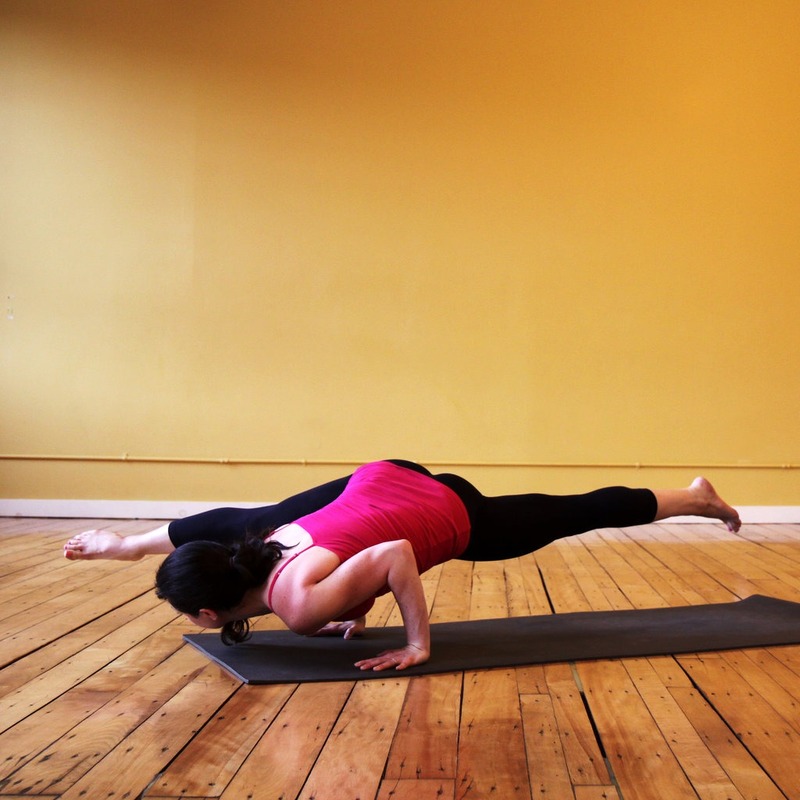
Handstand (Adho Mukha Vrksasana): Techniques and Preparatory Exercises
One of the hardest yoga poses to master is the Handstand, or Adho Mukha Vrksasana. This pose blends strength, balance, and concentration. To prepare for it, you need to focus on several key areas.
Start with building upper body strength. You can do this through forearm planks and dolphin poses. These exercises strengthen your shoulders, arms, and core—vital for a solid handstand.
Next, work on your balance. Begin with a wall-supported handstand. This will help you feel the inversion without the full balance challenge. Gradually, you can move away from the wall as you become more confident.
Focus is also crucial. Practice staying present and mindful during easier poses. This mental discipline will carry over when you try the handstand.
Consistent practice is key. Ensure to warm up well before attempting the Handstand. It prevents injury and primes your body for the pose. Remember to be patient. Progress can be slow, but with time and dedication, you will see improvements.
Always listen to your body. If a pose causes pain, stop and reassess. Work with a skilled yoga instructor when possible. They can guide you with proper form and alignment.
By following these techniques and preparatory exercises, you’ll be on your way to conquering this challenging pose.
Crow Pose (Bakasana) or Crane Pose: Building Strength and Balance
Crow Pose, or its more advanced variation, Crane Pose, is a defining hardest yoga pose. It challenges your arm strength, core stability, and focus. To take on Bakasana, one needs a strategic approach.
First, focus on building a strong core. This can be achieved through regular practice of plank poses. The plank fortifies the abdominal muscles which are crucial for maintaining the pose.
In addition, work on your arm strength. Chaturanga Dandasana, or the yoga push-up, is ideal for this. It conditions your arms and wrists, building the capacity to hold your body weight.
Balance is equally important. Practice the low boat pose to enhance your balance and coordination. This pose helps you learn how to distribute your weight evenly, which is essential in Crow Pose.
Lastly, introduce humor and lightness into your practice. Bakasana requires patience and multiple attempts. A sense of humor can make this challenging journey enjoyable.
Don’t rush the process. Prioritize warm-up exercises to prepare your body. If at any point you feel discomfort, take a step back and reassess. Progress gradually, and consider working with a yoga teacher to improve your technique.
Through consistent practice, you’ll build the necessary strength and balance for Crow Pose. Remember, it’s a journey of growth, both physically and mentally, as you conquer one of yoga’s most challenging asanas.
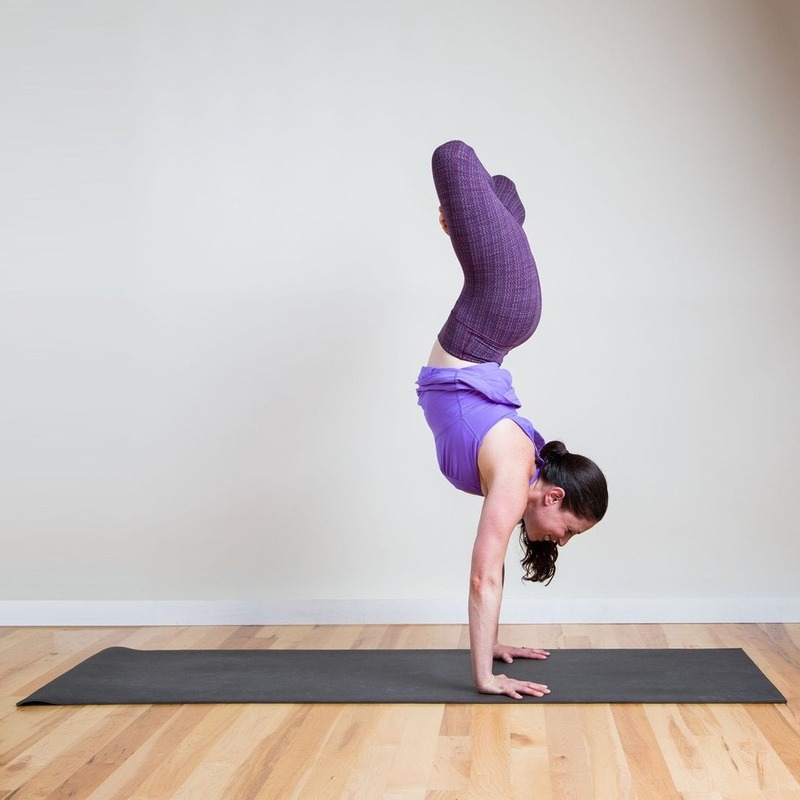
Scorpion Pose (Vrschikasana): Enhancing Spinal Flexibility
Scorpion Pose or Vrschikasana is known as one of the hardest yoga poses. It tests your balance, strength, and notably, spinal flexibility. This pose is a true reflection of an advanced practice, blending an inversion with a backbend.
To begin training for Vrschikasana, focus on increasing your spine’s flexibility. Begin with gentle backbends such as the Camel Pose. Progress to more demanding backbends like the Wheel Pose. Both help loosen up the spine and shoulders, making them more pliable.
Simultaneously, work on strengthening your upper body. Incorporate poses like the Forearm Stand to build the necessary support for your shoulders and arms. This will be crucial when balancing in Scorpion Pose.
As you practice, pay attention to your body’s signals. If you feel any discomfort in your back or shoulders, ease off and give your muscles time to recover. Use props or the support of a wall if you’re working on the pose alone. Better yet, practice under the supervision of an experienced yoga instructor for guidance and to ensure safety.
Consistency is key. With regular practice and a focus on gradual improvement, spinal flexibility and strength will develop. Remember, quick progress in such complex poses is rare. So, practice with patience, and consider every small achievement a step towards mastering Vrschikasana.
Always finish with counterposes to relieve any tension in the spine. Gentle twists or a Child’s Pose can be particularly relieving after such intense backbends. As always, remember to listen to your body and practice mindfully.
Eight-Angle Pose (Astavakrasana): Core Strength and Flexibility Tips
Among the hardest yoga poses, Eight-Angle Pose, or Astavakrasana, stands out for its impressive display of core strength, balance, and flexibility. It’s a true test of your physical capabilities, often sought after by those looking to deepen their practice.
Building core strength is vital for this asana. Begin with foundation-building exercises such as the Boat Pose (Navasana). This pose engages your deep core muscles, which are essential for maintaining stability in Astavakrasana.
Next, focus on your hip and hamstring flexibility. Lizard Pose (Utthan Pristhasana) is excellent for loosening these areas. It prepares your body for the leg positioning required in the Eight-Angle Pose.
Additionally, arm strength plays a significant role. Practice Firefly Pose (Tittibhasana) to build the arm and shoulder endurance needed to support your body weight.
Remember, balance is key. Work on poses that challenge your balance to improve coordination and control. This not only helps in Astavakrasana but also enhances overall body awareness.
Patience is crucial when working towards Astavakrasana. Do not rush the process, as this may lead to injury. Always warm up adequately and consider working with an experienced instructor for guidance on form and alignment.
Include humor and patience in your practice. Mastery of such a complex pose takes time. Celebrate small victories and maintain a light-hearted approach to your practice.
By incorporating these core strength and flexibility tips, you can progress safely and effectively in your journey toward mastering the Eight-Angle Pose.Explore the hardest yoga poses and learn how to master them. Unlock the benefits of advanced poses with expert tips and techniques!
King Pigeon Pose (Kapotasana): Hip-Opening Strategies
Achieving the King Pigeon Pose, known as Kapotasana, is a feat that calls for intense hip flexibility. It’s considered a hardest yoga pose and serves as a deep hip opener. It also stretches your quads and back, demanding a high degree of suppleness in these areas.
To prepare for Kapotasana, start with the Pigeon Pose. This foundational pose begins the process of opening the hips. Couple this with the Lizard Pose, which extends the stretch to your hip flexors and hamstrings.
Also, work on your quadriceps. Add a low lunge with a quad stretch to your routine. This helps to loosen the muscles in your thighs, crucial for the full expression of King Pigeon Pose.
Focus on gentle backbends to increase spinal flexibility. This can include practicing the Camel Pose. Ensuring your spine is warm and pliable is vital before attempting deep backbends.
Remember, progress gradually. Kapotasana is advanced and requires patience. It’s wise to attempt it only after mastering less intense hip openers and backbends. Give your body the time it needs to adapt and avoid pushing too hard.
Listen to your body’s signals and take breaks as needed. The guidance of an experienced yoga teacher is invaluable. They can ensure you maintain proper alignment and avoid injury.
By following these hip-opening strategies and maintaining a consistent practice, Kapotasana can be a rewarding challenge. Approach it with respect for your body’s current capabilities, and celebrate each step forward in your yoga journey.Explore the hardest yoga pose and learn how to master them.
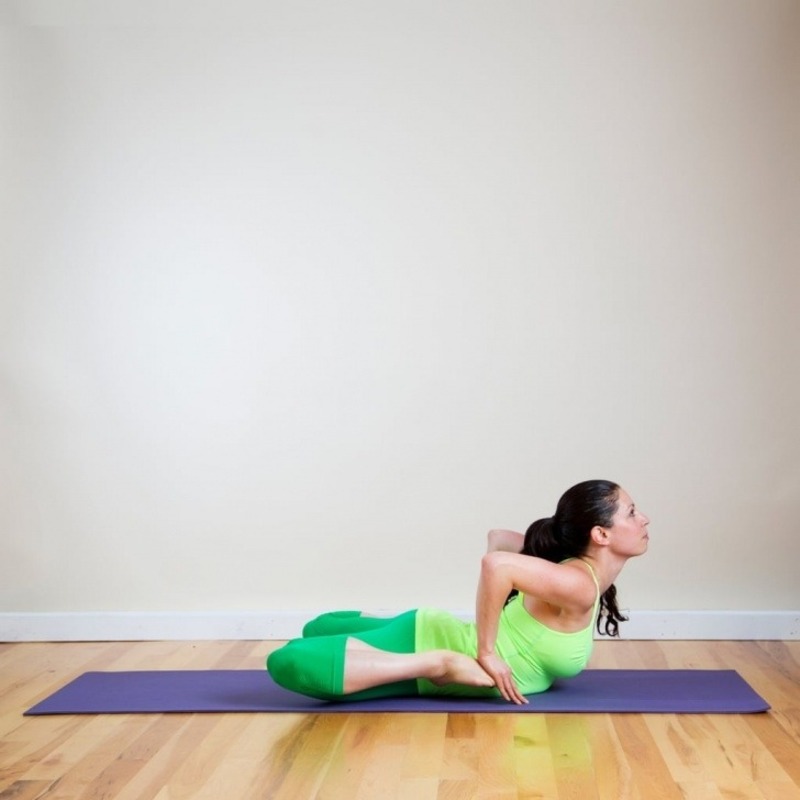
Deciding to tackle the hardest yoga poses requires thoughtful consideration. It’s crucial to assess your experience, strength, flexibility, and balance skills. Begin with simpler yoga asanas and gradually increase difficulty. This steady progression builds the foundation you need for more advanced poses.
Recognize the importance of patience and consistency in yoga. Rushing to achieve complex positions can bring harm. Wait until you have the solid basic skills and have practiced enough. Confirm that you are strong and flexible enough to progress to the next level.
Listen to your body’s feedback. If poses feel uncomfortable or cause pain, take a step back. Always prioritize your safety.
Consistency is vital. Regular practice helps your body adapt and prepares it for new challenges. Each session should include a proper warm-up, followed by foundational poses. Then, you may carefully attempt more demanding asanas.
Find guidance from skilled instructors. Their expertise is invaluable, helping you avoid risks.
Lastly, your mental readiness is as important as physical. Stay positive and confident. Embrace failures as lessons. And, prepare to push your limits under the right conditions.
Gradually, you will become ready to take on advanced poses like the Handstand or the King Pigeon Pose. Approach each new challenge with respect, caution, and an eagerness to grow in your yoga journey.Explore the hardest yoga pose and learn how to master them. Unlock the benefits of advanced poses with expert tips and techniques!
The 21-Day Yoga Challenge: Expanding Your Practice Beyond Poses
After mastering the hardest yoga poses, take your practice further with a 21-day yoga challenge. Such challenges not only refine your poses but also improve your overall well-being. They involve different aspects of yoga, like breath work, meditation, and yogic philosophy.
Here’s what you can expect in a 21-day yoga challenge:
- Daily Asana Practice: You’ll perform a variety of poses each day, deepening your skill and flexibility.
- Meditation and Mindfulness: Learn to calm your mind, improve focus, and reduce stress.
- Pranayama Exercises: Enhance your breathing techniques for better health and relaxation.
- Yogic Wisdom: Dive into yoga’s ancient teachings to enrich your understanding of the practice.
- Diet and Lifestyle Tips: Adopt Ayurvedic principles for a balanced life.
You should not rush into advanced poses without readiness. This challenge is for tuning into your body’s needs. Listen to yourself, and avoid strain. Each yoga journey is unique—respect it.
If new to yoga or advanced asanas, start slow. Begin with more manageable poses in the challenge. Then, progress as your confidence and ability grow. Stay patient and committed throughout.
Always aim to learn and grow. Yoga goes beyond physical poses, touching on mental and spiritual aspects too. By the end of the challenge, you’ll gain a deeper yoga appreciation.
Remember to enjoy the journey. Let go of the single-minded pursuit of the hardest yoga pose. Focus instead on the variety and richness of yoga. This challenge may transform your practice and outlook on life.
